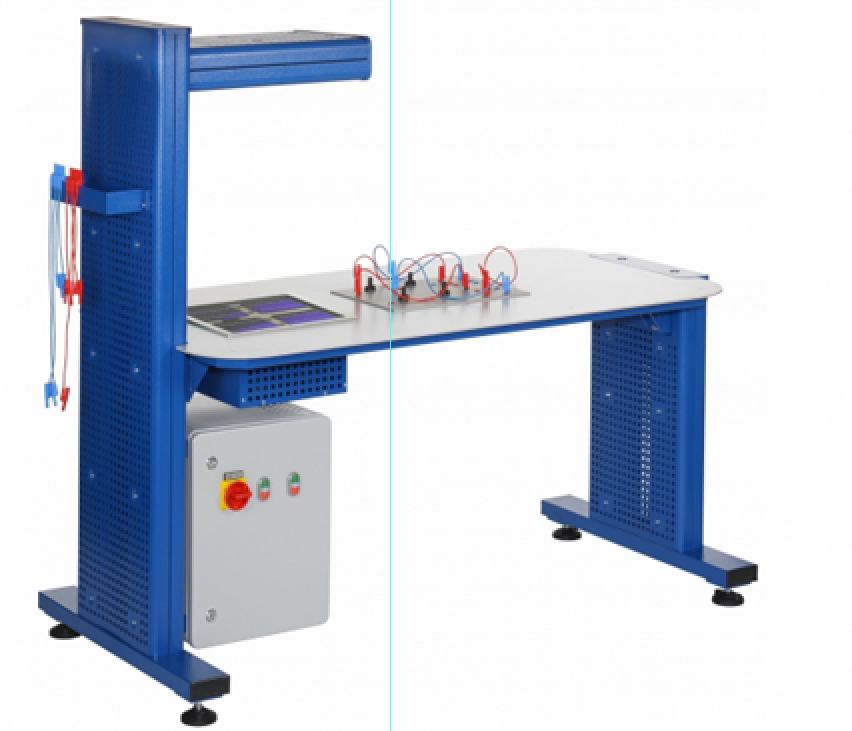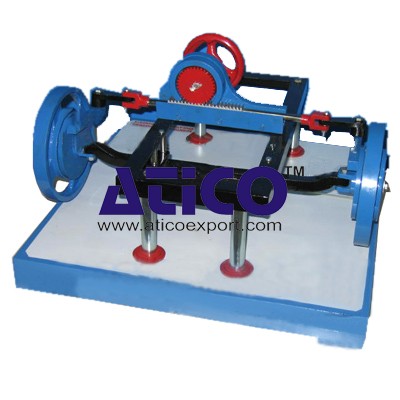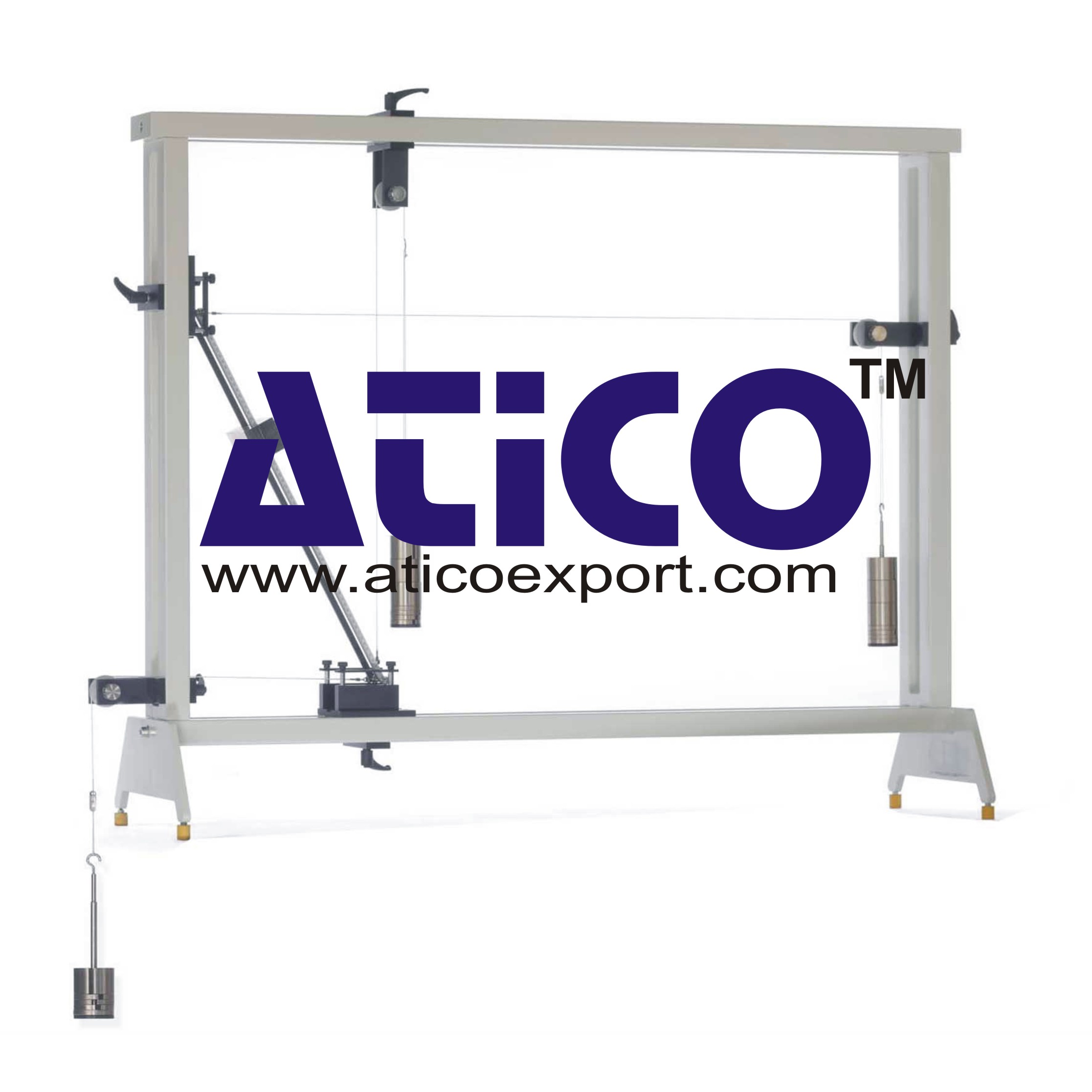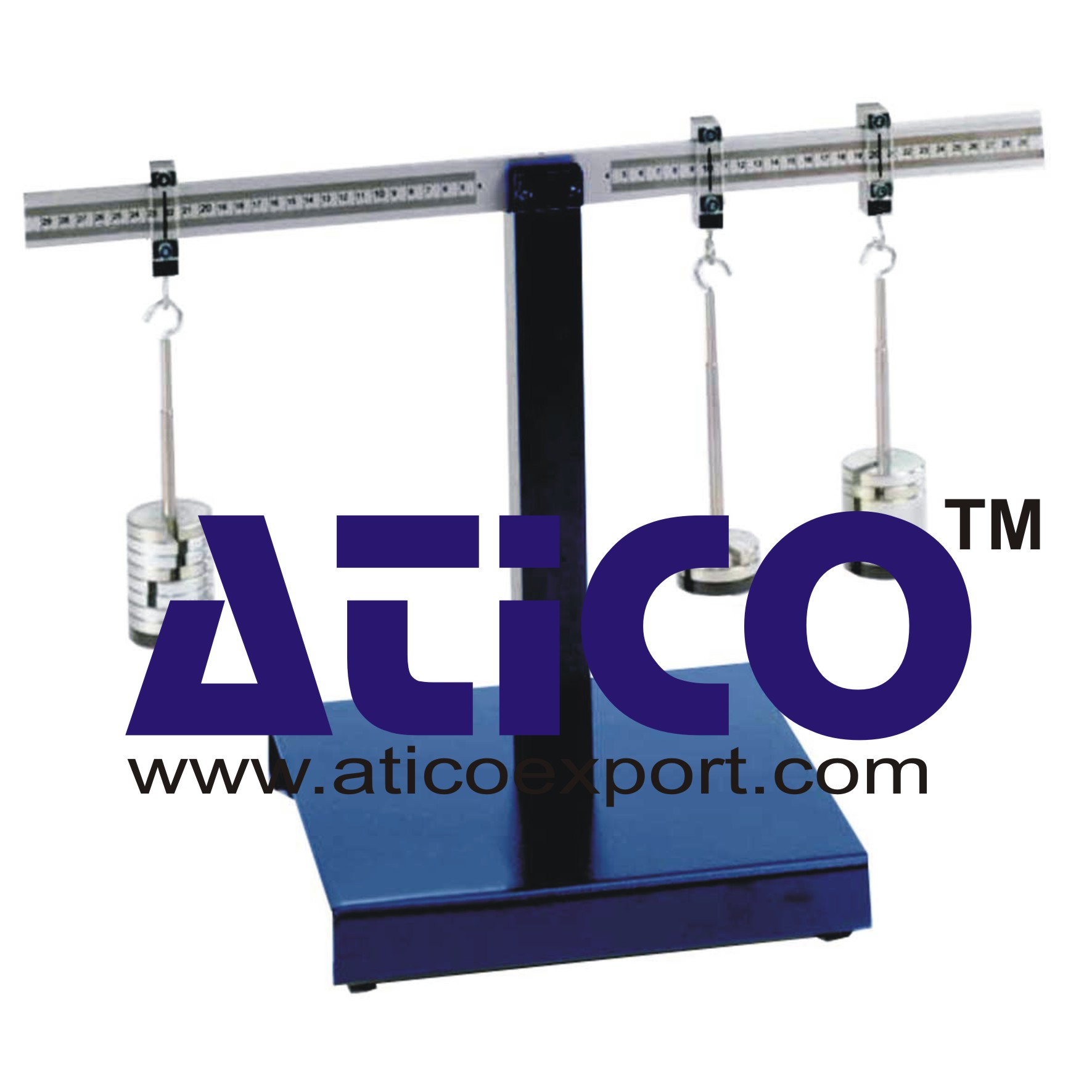Solar Cell Measurements
Categories: Engineering Lab EquipmentIlluminance, temperature and electrical load are the key variables affecting photovoltaic solar cells. It allows you to conduct targeted experiments in order to understand the basic principles and pra...
Product
Description
Illuminance, temperature and electrical load are the key variables affecting photovoltaic solar cells. It allows you to conduct targeted experiments in order to understand the basic principles and practically relevant effects on cells and modules.
Four solar cells are illuminated by a lamp field with adjustable illuminance. They can be precisely maintained at a selectable set temperature thanks to a regulated Peltier module. Using the set of cables provided, the cells can be interconnected in a number of ways, via a patch panel. For example, individual cells can be bridged by bypass diodes in order to examine differences in power loss such as caused by shaded cells.
A rheostat is integrated into the patch panel to manually record current-voltage curves. Current and voltage measurements are detected via the built-in measuring unit. Automated measurements can be taken by software by specifying electrical load patterns.
Learning Objectives/Experiments
Physical behaviour of solar cells under varying illuminance and temperature
Recording of current-voltage curves
Calculating current strength and achievable output based on the single diode model
How illuminance and temperature affect the curves
Interconnecting solar cells in parallel and series connection
Effect of bypass diodes
Power degradation due to shading
Features
Four solar cells and bypass diodes that can be freely interconnected
Regulated Peltier module for controlling the solar cell temperature
Adjustable illuminance
Software with tutorials and data on load profiles for recording characteristic curves
Specification
Trainer for solar cell measurements
Four monocrystalline silicon solar cells
Lighting unit with adjustable illuminance
Backing for solar cells with Peltier module for regulating temperature
Patch panel with bypass diodes and adjustable load resistance for selectable types of connection with individual cells
Function for automated measuring of characteristic curves
Reference cell as illuminance sensor
Technical data
Cell type: monocrystalline
Cell size: 125x125mm
Typical characteristics of a cell:
fill factor: 76%
max. output: 2,45W
current at max. output: approx. 4,8A
voltage at max. output: approx. 0,5V
short-circuit current: approx. 5,4A
open-circuit voltage: approx. 0,6V
Peltier module: 20°C…60°C
Lighting unit: 4x 100W
230V, 50Hz, 1 phase
230V, 60Hz, 1 phase
LxWxH: 1610x800x1480mm
Weight: approx. 130kg
quick overview :
Illuminance, temperature and electrical load are the key variables affecting photovoltaic solar cells. It allows you to conduct targeted experiments in order to understand the basic principles and practically relevant effects on cells and modules.
Four solar cells are illuminated by a lamp field with adjustable illuminance. They can be precisely maintained at a selectable set temperature thanks to a regulated Peltier module. Using the set of cables provided, the cells can be interconnected in a number of ways, via a patch panel. For example, individual cells can be bridged by bypass diodes in order to examine differences in power loss such as caused by shaded cells.
A rheostat is integrated into the patch panel to manually record current-voltage curves. Current and voltage measurements are detected via the built-in measuring unit. Automated measurements can be taken by software by specifying electrical load patterns.
Learning Objectives/Experiments
Physical behaviour of solar cells under varying illuminance and temperature
Recording of current-voltage curves
Calculating current strength and achievable output based on the single diode model
How illuminance and temperature affect the curves
Interconnecting solar cells in parallel and series connection
Effect of bypass diodes
Power degradation due to shading
Features
Four solar cells and bypass diodes that can be freely interconnected
Regulated Peltier module for controlling the solar cell temperature
Adjustable illuminance
Software with tutorials and data on load profiles for recording characteristic curves
Specification
Trainer for solar cell measurements
Four monocrystalline silicon solar cells
Lighting unit with adjustable illuminance
Backing for solar cells with Peltier module for regulating temperature
Patch panel with bypass diodes and adjustable load resistance for selectable types of connection with individual cells
Function for automated measuring of characteristic curves
Reference cell as illuminance sensor
Technical data
Cell type: monocrystalline
Cell size: 125x125mm
Typical characteristics of a cell:
fill factor: 76%
max. output: 2,45W
current at max. output: approx. 4,8A
voltage at max. output: approx. 0,5V
short-circuit current: approx. 5,4A
open-circuit voltage: approx. 0,6V
Peltier module: 20°C…60°C
Lighting unit: 4x 100W
230V, 50Hz, 1 phase
230V, 60Hz, 1 phase
LxWxH: 1610x800x1480mm
Weight: approx. 130kg
Product
Reviews
add Review
reviews
No Review Yet.
Copyrights © 2025 All Rights Reserved by Atico














Product
Reviews
add Review
reviews
No Review Yet.